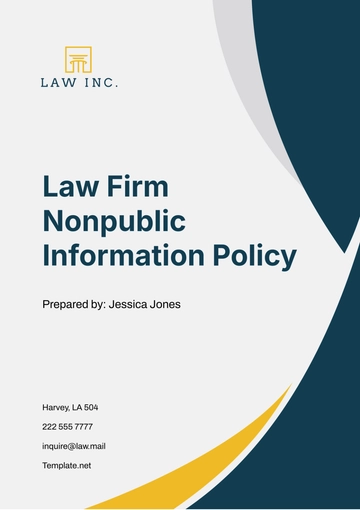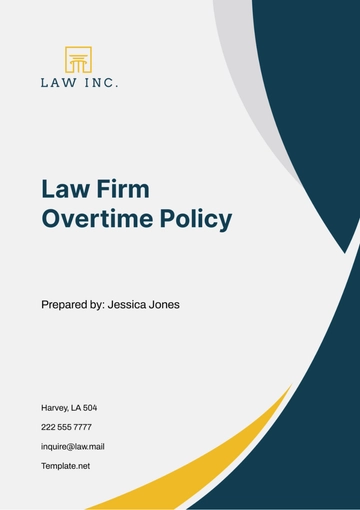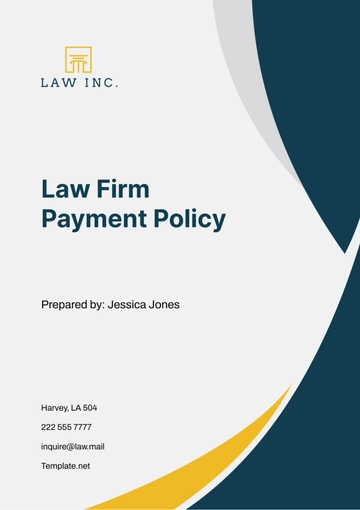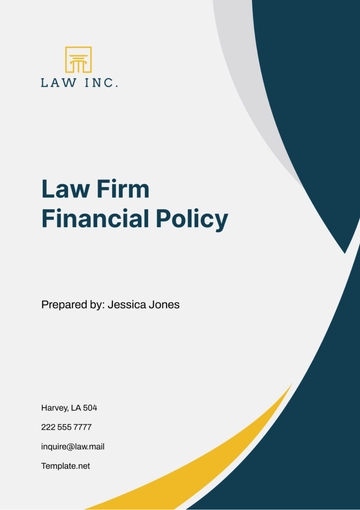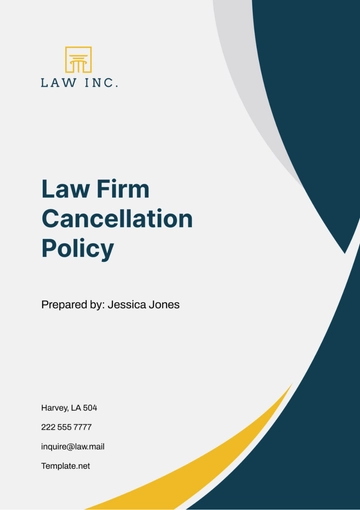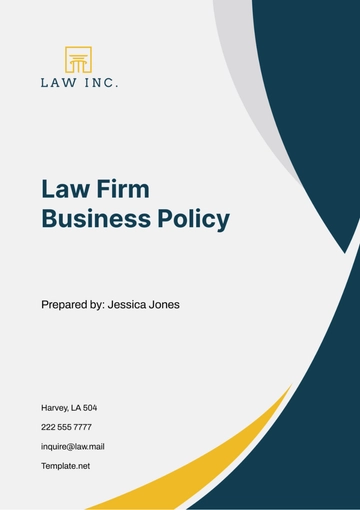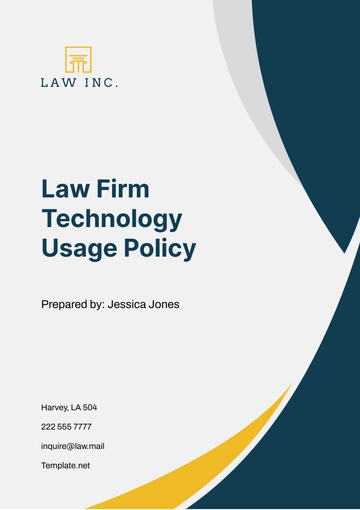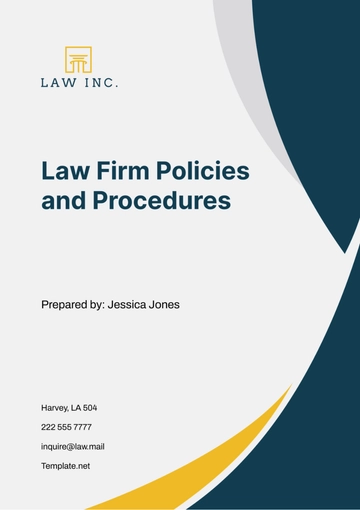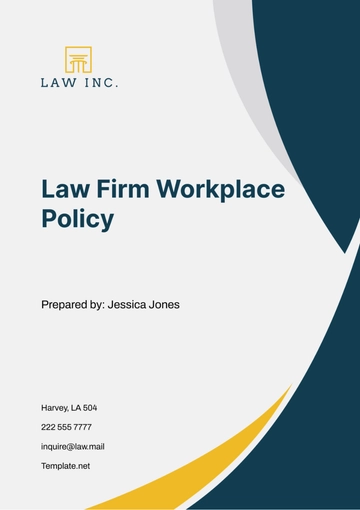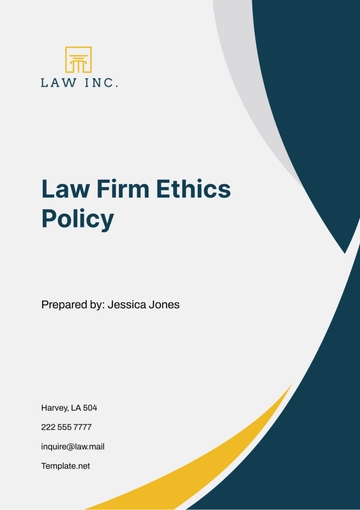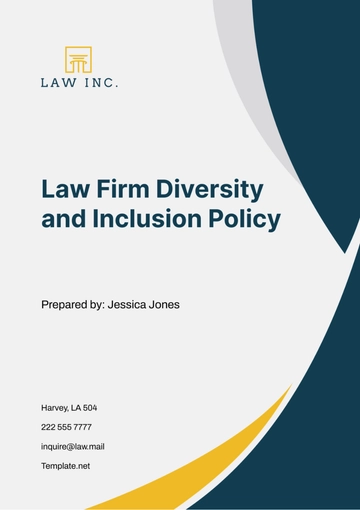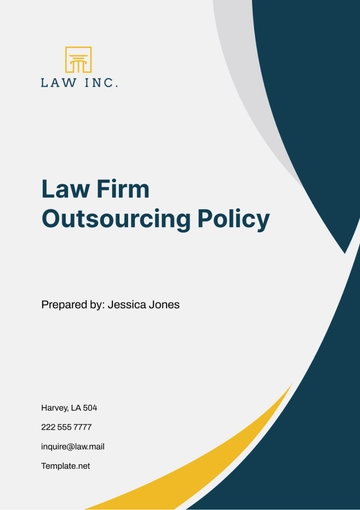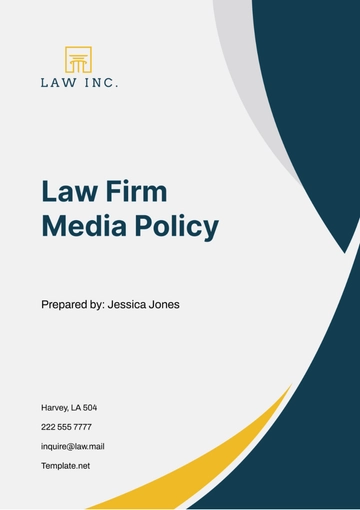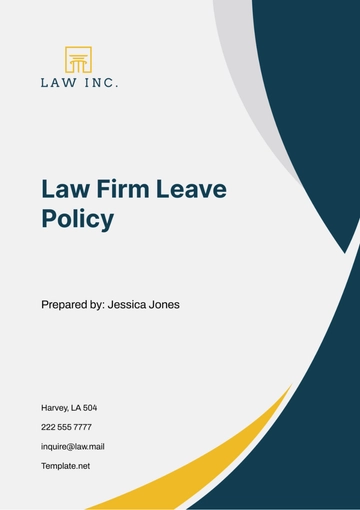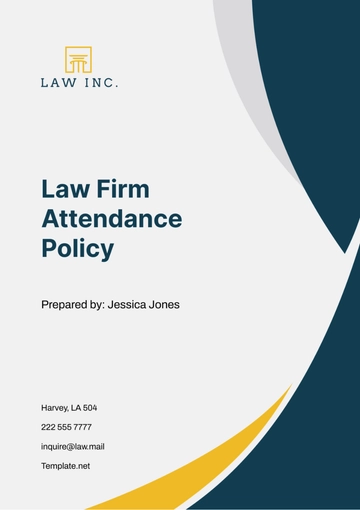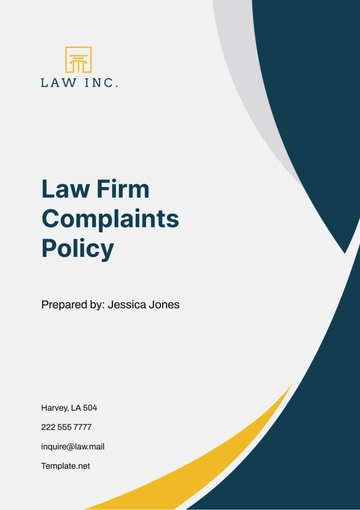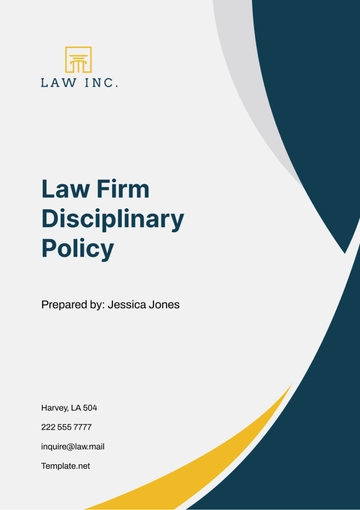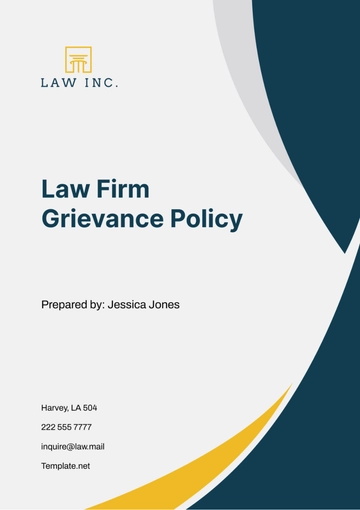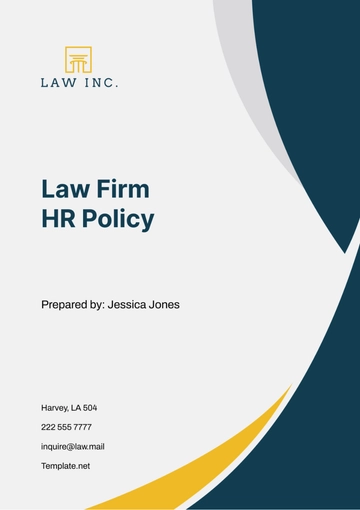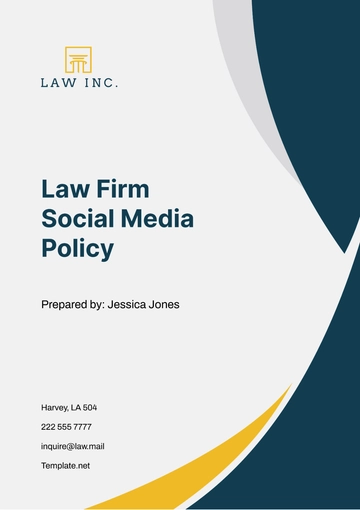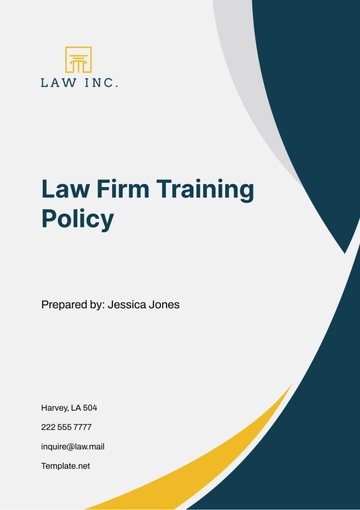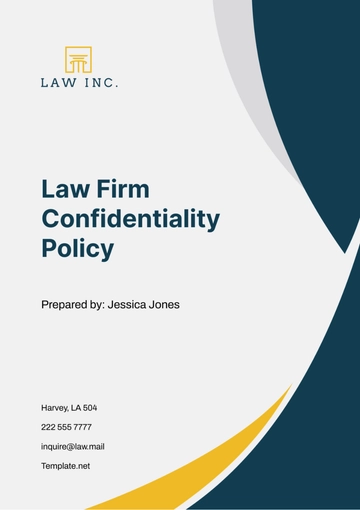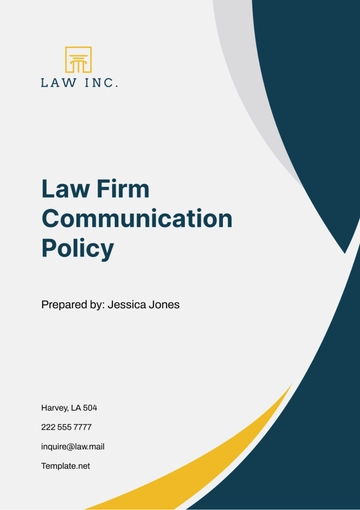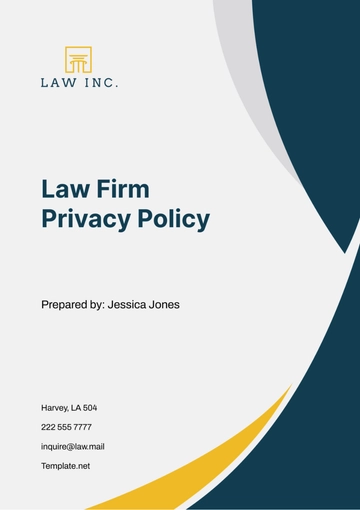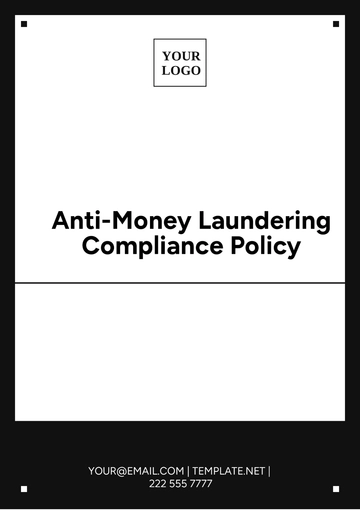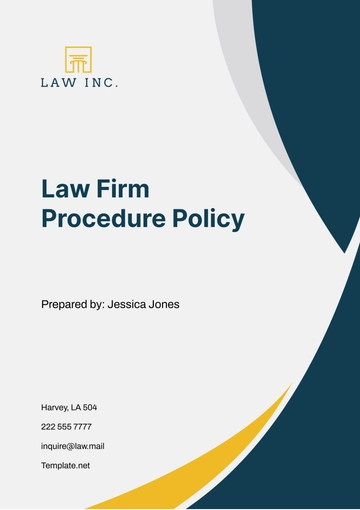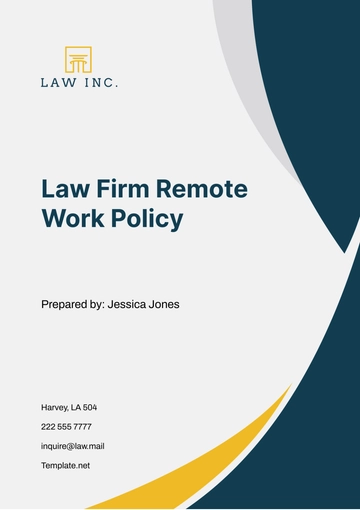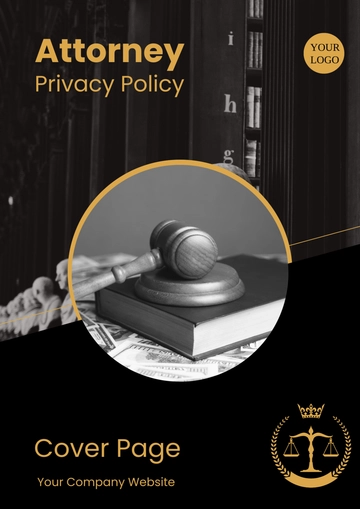Free Anti-Money Laundering Compliance Policy
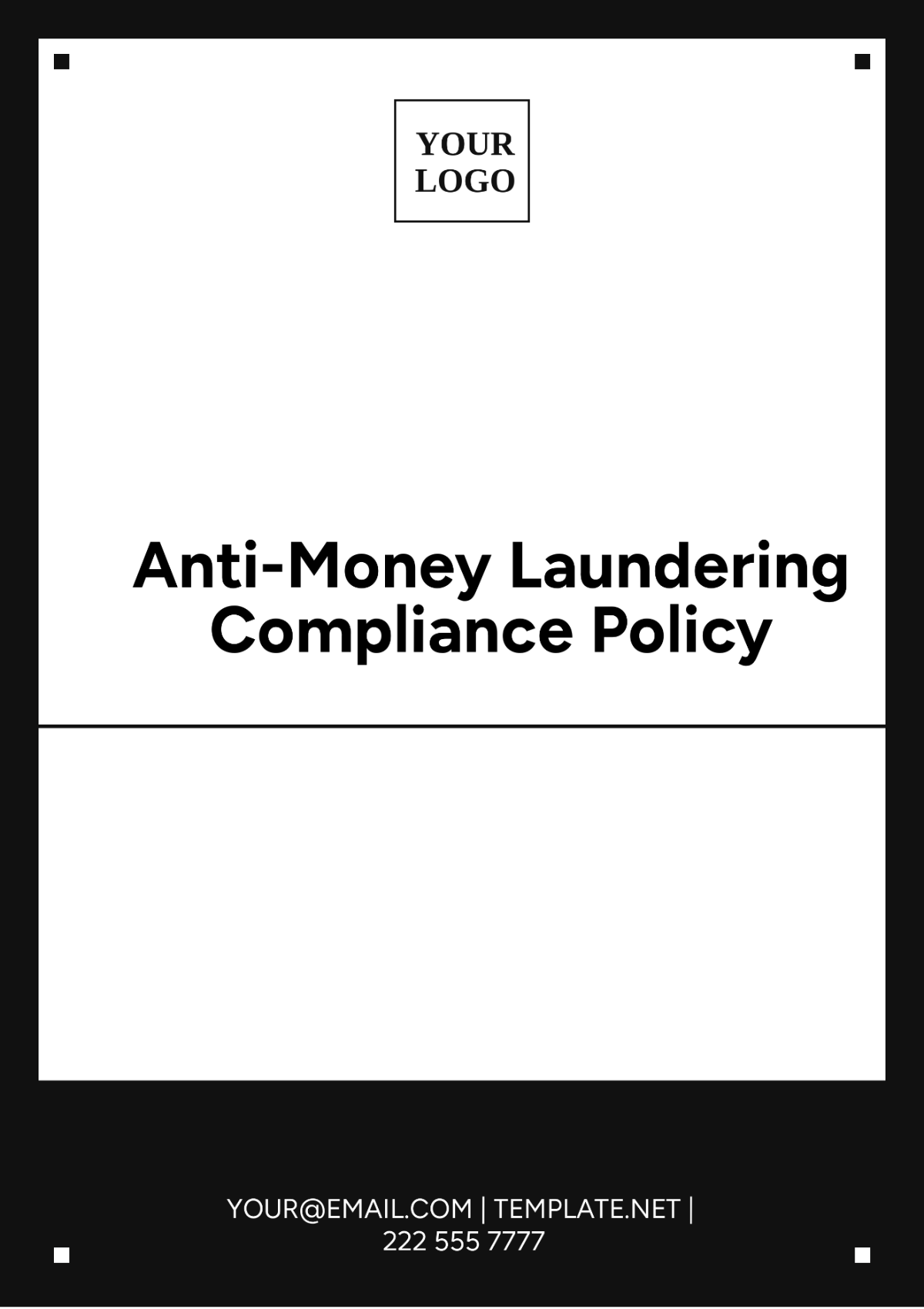
Prepared by: [YOUR NAME]
Company: [YOUR COMPANY NAME]
Address: [YOUR COMPANY ADDRESS]
Date: [DATE]
1. Introduction
[Your Company Name] prioritizes adherence to Anti-Money Laundering (AML) principles. Our clear AML policy and dedicated Compliance Officer guide our operations and decisions. We also have a secure reporting mechanism for any suspicious activities, aiding transparency and minimizing financial risks.
2. Legal and Regulatory Framework
Familiarization with relevant laws and regulations [Jurisdiction].
Understanding regulatory authorities [Regulatory Authority].
Compliance with international standards [International Standards].
3. Risk Assessment
Identification of AML risks specific to [Your Company Name].
Assessment of customer risk profiles.
Evaluation of products, services, and delivery channels for AML risk.
Periodic review and update of risk assessment processes.
4. Customer Due Diligence (CDD)
Establishment of customer identification procedures.
Verification of customer identity [Verification Methods].
Enhanced due diligence for high-risk customers.
Ongoing monitoring of customer transactions.
5. Know Your Customer (KYC) Procedures
Collection and verification of customer information.
Documentation of customer profiles.
Screening against sanctions lists and politically exposed persons (PEPs) lists.
Periodic review and updating of customer information.
6. Transaction Monitoring
Implementation of automated transaction monitoring systems.
Detection of unusual or suspicious transactions.
Escalation procedures for identified suspicious activities.
Record-keeping requirements for monitoring activities.
7. Suspicious Activity Reporting (SAR)
Procedures for filing SARs with relevant authorities.
Documentation requirements for SARs.
Timelines for SAR submissions.
Confidentiality and protection of SAR information.
8. Employee Training and Awareness
AML training program for all employees [Training Frequency].
Content covering AML laws, regulations, and company policies.
Regular updates and refresher training sessions.
Awareness campaigns to promote a culture of compliance.
9. Internal Controls and Audit
Establishment of internal control measures.
Independent audit of AML compliance procedures.
Remediation of identified deficiencies.
Continuous improvement of internal controls.
10. Record Keeping and Documentation
Retention of AML-related records [Retention Period].
Documentation of customer due diligence processes.
Maintenance of transaction records.
Accessibility and security of stored records.
This comprehensive checklist serves as a guide for ensuring [Your Company Name]'s compliance with anti-money laundering regulations. It should be reviewed periodically and updated as necessary to reflect changes in laws, regulations, or company operations.

[Your Name]
Compliance Officer
Date: [Insert Date]
Compliance Templates @ Template.net
- 100% Customizable, free editor
- Access 1 Million+ Templates, photo’s & graphics
- Download or share as a template
- Click and replace photos, graphics, text, backgrounds
- Resize, crop, AI write & more
- Access advanced editor
Craft airtight defenses against financial malpractice with our Anti-Money Laundering Compliance Policy Template, exclusively offered by Template.net. This customizable, downloadable, and printable template empowers your business to fortify its regulatory framework effortlessly. Seamlessly editable in our AI Editor Tool, it ensures tailored solutions for your unique compliance needs. Stay ahead of the curve and safeguard your operations with precision.
You may also like
- HR Policy
- Restaurant Policy
- Company Policy
- Accounting Policies and Procedures
- Website Policy
- Privacy Policy
- Safety Policy
- School Policy
- IT and Software Policy
- Law Firm Policy
- Construction Policy
- Interior Design Policy
- Travel Agency Policy
- Education Academic Policy
- Security Policy
- Real Estate Policy
- Expense Policy
- Software Policy
